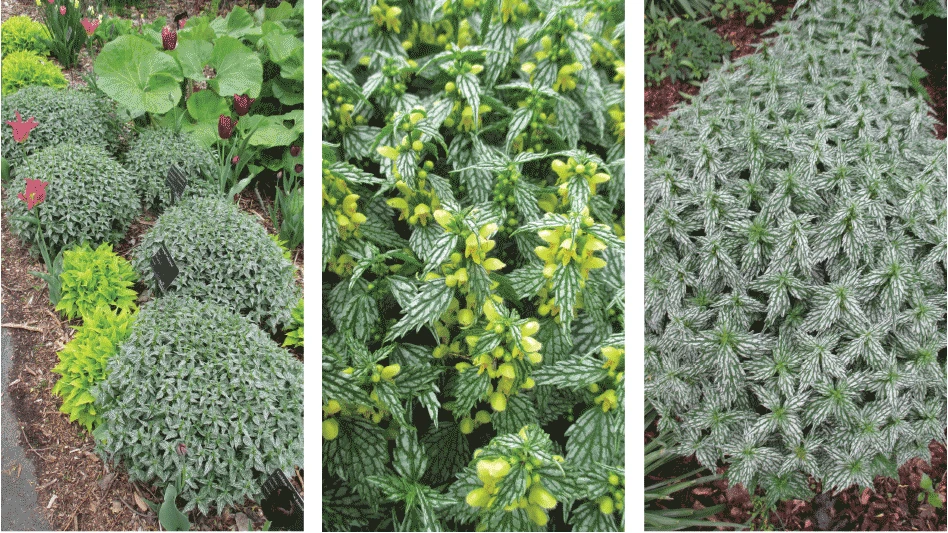
Powdery mildew is caused by a fungal pathogen (Podosphaera
The fungal pathogen can infect any green tissue; thus, powdery mildew may be found on leaves, green stems, and flower parts. Young, tender growth is most susceptible. Leaves become distorted and eventually fall prematurely. Powdery mildew spores are easily spread by wind to nearby healthy plants.
Environment plays a major role in powdery mildew development. Disease incidence is most severe under cloudy, humid conditions when days are warm and nights are cool. Day temperatures in the 80s and high night humidity provide a favorable environment.
Newly unfolded leaves are the most susceptible to infection. Mature leaves are more resistant to infection and usually show no symptom development or, at most, only small local lesions.
Rose mildew overwinters as fungal growth (mycelium) on the stems, or within some of the dormant buds. When these buds resume growth in spring the shoots soon become completely covered with mildew. The fungus then spreads from these infected shoots (known as primaries) onto the rest of the plant.
Texas A&M University, Royal Horticultural Society
Photos: (rose w/foliage) Jody Fetzer, Maryland National Capital Park and Planning Commission, Bugwood.org (rose w/flower) Clemson University - USDA Cooperative Extension Slide Series, Bugwood.org
Get curated news on YOUR industry.
Enter your email to receive our newsletters.
Explore the April 2018 Issue
Check out more from this issue and find your next story to read.
Latest from Nursery Management
- NewGen Boxwood added to Proven Winners ColorChoice line
- Terra Nova releases new echinacea variety, 'Fringe Festival'
- American Horticultural Society names winners of 2025 AHS Book Awards
- Nufarm announces unified brand
- American Horticultural Society announces winners of 2025 Great American Gardeners Awards
- Shifting the urban environment
- The Growth Industry Episode 3: Across the Pond with Neville Stein
- What's in a name?








